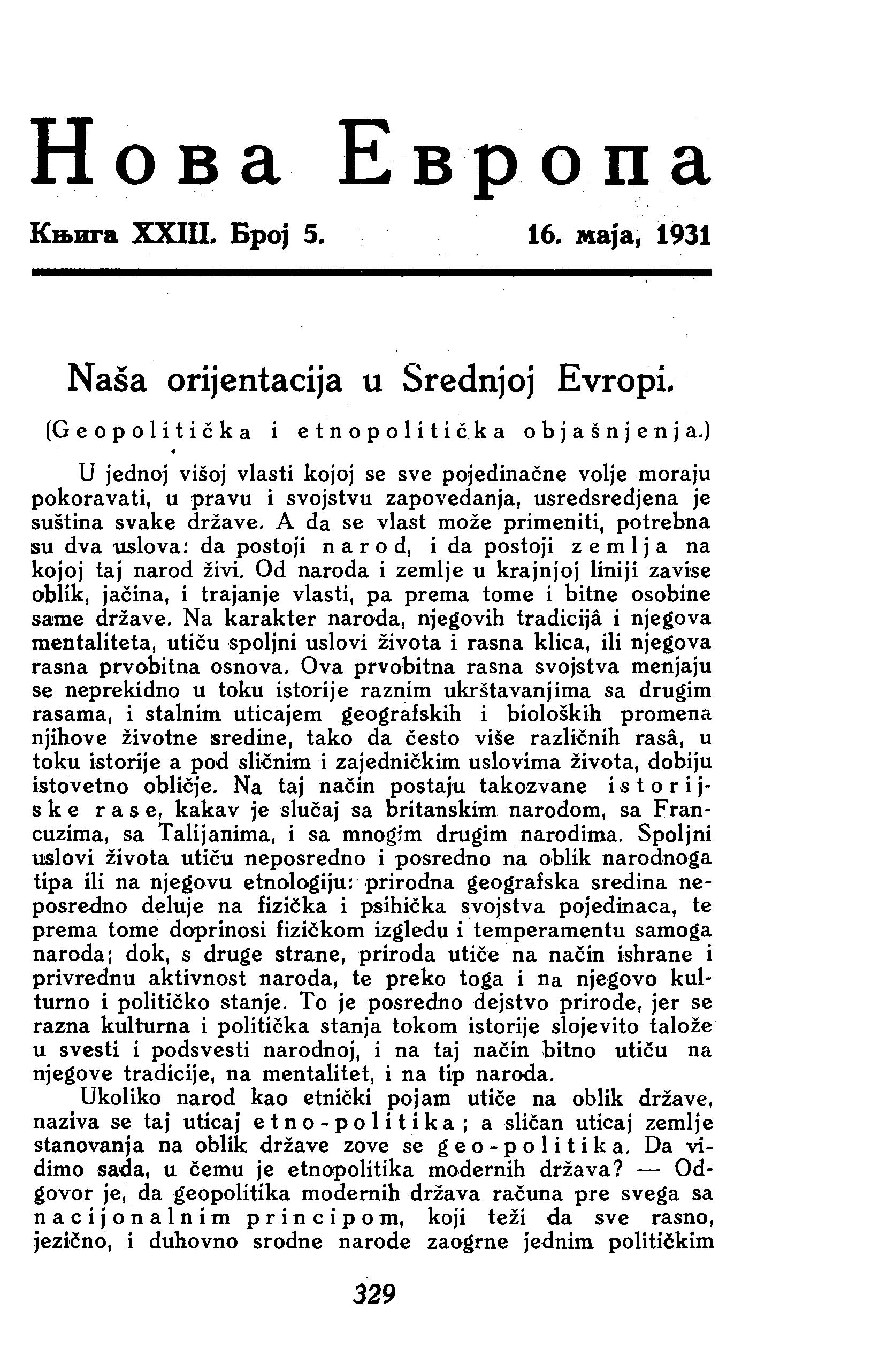
We kindly inform you that, as long as the subject affiliation of our 300.000+ articles is in progress, you might get unsufficient or no results on your third level or second level search. In this case, please broaden your search criteria.

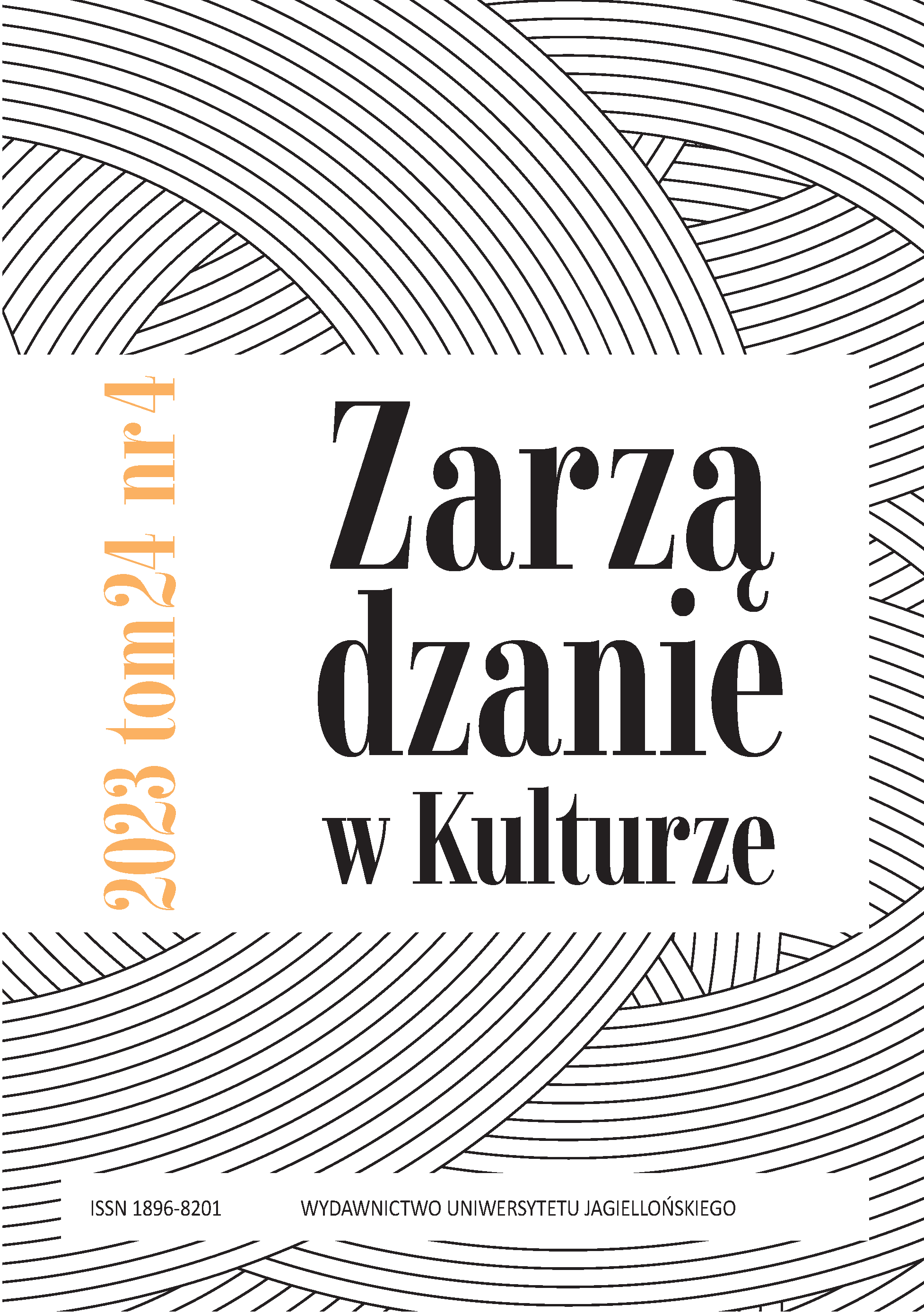
The high degree of the environment instability generates the need to apply not only a strategy, but also a range of management practices as well as tools to the day-to-day operations of cultural institutions. Strategy can therefore be seen as a modern way for continuous adaptation to the environment. Having and implementing a strategy, including marketing strategies, is important not only from perspective of the declining participation and attendance in cultural events in the Polish society, but also because of the need to meet the requirements of effective operation. Hence the emerging question: how to manage a cultural institution whose survival nowadays is more than ever dictated by an unclear future scenario? This paper will present the strategic concepts of the Polish philharmonics and orchestras, which are a response to the challenges of the environment with different attitudes and activities.Qualitative research in form of the individual in-depth interviews (IDI), which form the basis of the study, was conducted between May 2022 and May 2023. They were concerned with management tools currently used by managers and directors of public cultural institutions – in case of this study, these were philharmonics and orchestras. Transcripts of a total of 25 in-depth interviews were analysed, then categorised and compiled using qualitative research support software.The conclusions that emerged from the literature review and qualitative research indicate a strong diversification in the attitudes of philharmonic managers. The hybridisation of artistic activities means that, as never before, philharmonics are diversifying not only their identity, but also the range of activities as well as their effect. The environment plays an increasingly important role in this process.
More...
The research objective of this article is to present the way in which the Jewish Theater in Warsaw has been building its image. To achieve this goal, the case study method was used. The article takes a closer look at the history of the theatre itself, its founder, the legendary actress Ida Kamińska, the troubles with the seat, but most importantly it presents the image transformations that the theatre has been implementing systematically during the time it has been managed by Gołda Tencer. The article was based on the analysis of collected data, Internet searches and author’s observations. The research shows that thanks to the gradual introduction of the rebranding process, the Jewish Theater has gained new audiences, strengthened its image and managed to build a strong brand in the theatre sector.
More...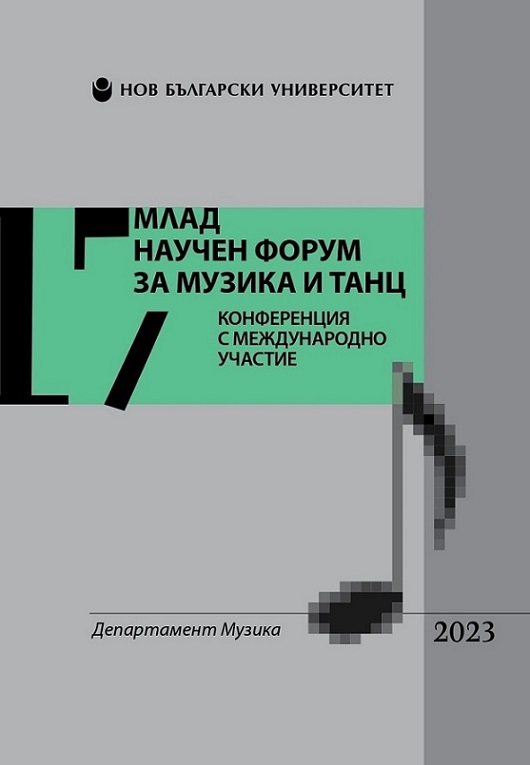
The present study is devoted to one of the forms of visual communication – multimedia presentation, considered in semiotic terms as a sign system. A structural approach is used in the present consideration and the basic principles for transforming a sign system into a signifying one are presented, as well as the conditions it should meet. The study uses the principles of linguistic analysis as a basis, analysing semantically the form and meaning of each text. In this case, the presentation is analyzed as a text and a part of language. Following the analysis, the study concludes that multimedia constitutes a sign system whose functioning is carried out in two axes: the simultaneity axis and the succession axis, which does not correspond exactly to the two axes in language: the paradigmatic and the syntagmatic. Each multimedia presentation is a complex hierarchical system with a tree-like semantic graph structure, but without meaning units and with syntax principles respected. Multimedia presentation in contemporary presentation forms is a typical example of the synergy of technology and the means of graphic design, and its integrated impact on the senses for marketing and advertising tailored to the specific target group of users.
More...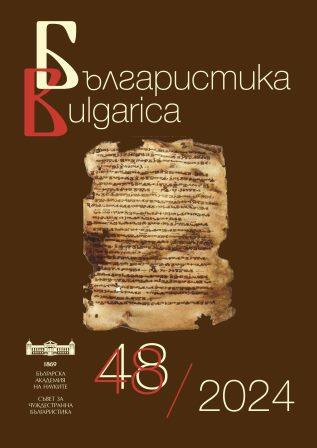
Defended PhD theses in Bulgaria in the field of linguistics, literature, history, folklore, ethnography and art studies.
More...

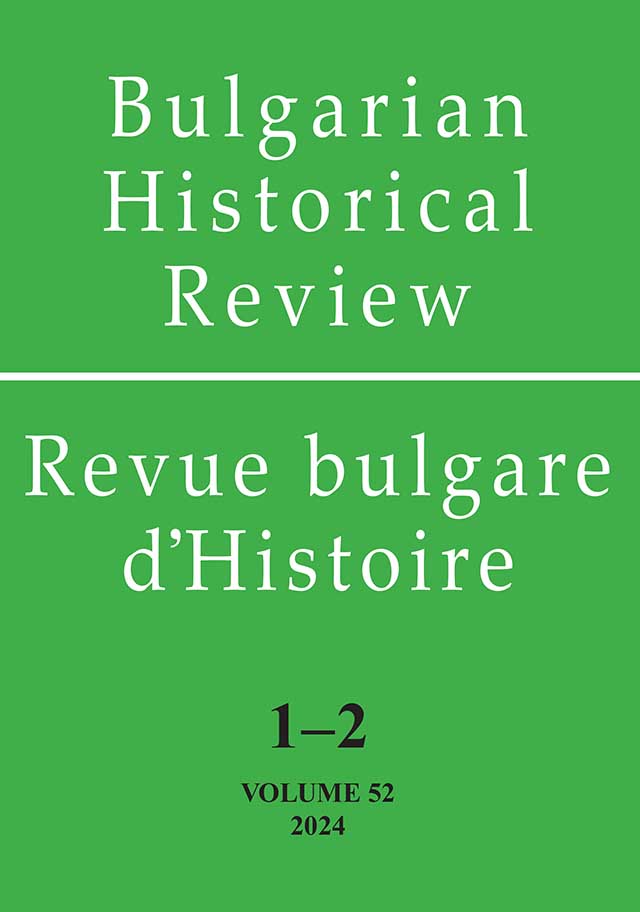
The present study aims to contextualize Soviet propaganda films from the middle of the 1960’s until the middle of 1980’s, based on evidence retrieved during original archival research at the EYE Filmmuseum in Amsterdam. The undertaken discovery on the Sovexport Collection brings its content to the scholarly attention by revealing a number of paradoxes in the representation of the Soviet utopia. Pursuing an extensive empirical and theoretical study of the documentary film collection with the aim to throw light at their semifictional features, I bring to the fore the visions of space, nature, and technology seen as part of the utopian Communist grand narrative documented in the Sovexport films. The unveiled evidence shows that Soviet ideology is depicted as holding transformative power for the future, as well as serving the goals of Soviet foreign policy. Filling a gap in the study of Soviet cinema, this paper provides a new impetus for making, viewing, and analyzing documentary films in accord with history and its complexities.
More...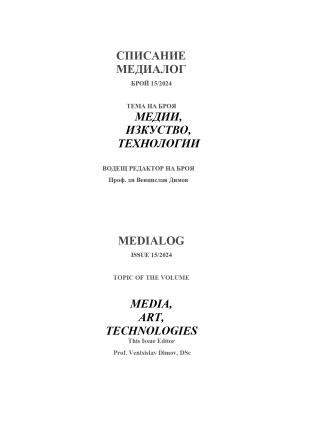
“The White-Haired Girl“ is the first original Chinese opera. It combines Western music, music from regional Chinese music dramas and Chinese folk music. In this sense, “The White-Haired Girl“ has very high research value. One of the most brilliant vocal performances in the opera is the protagonist's aria “Hate like a mountain, anger like a sea”, which incorporates musical elements from the regional musical theatre of Shanxi province. In this paper, the aria is analyzed in terms of its musical nature, the features of vocal line and emotional expressiveness, the use of elements from Chinese musical theater in operatic arias is explored, and its significance and influence on the creation of opera on local soil is examined.
More...
The study seeks to determine the level of adequacy of the transfer into Bulgarian of the neologisms coined by Raymond Queneau in the novel Zazie in the Metro (1959). To this end, we examine the translation strategies implemented in Зази в метрото (2001). Starting from the assumption that, while translation is possible, the degree of translatability of a neologism is variable, we evaluate the relevance of the equivalents proposed by the translator.
More...
Book review: Velinova, Malinka, Antoaneta Robova, Teodora Tzankova (dir.). Normes etréécritures/ mythes et reformulations. – Philologuitcheski forum, Issue 1 (15), 2022,ISSN 2534-9473. [Велинова, Малинка, Антоанета Робова, Теодора Цанкова (съст.).Норми и пренаписване/ митове и преформулиране. –Филологически форум, брой 1(15), 2022, ISSN 2534-9473; Norms and Rewritings/ Myths and Reformulations].
More...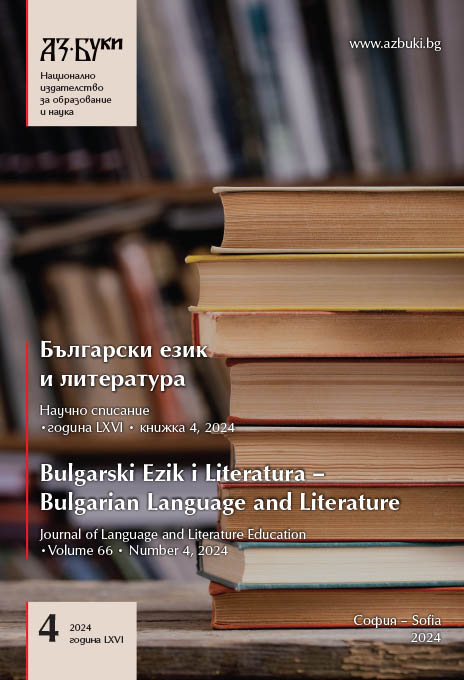
This text is a part of bigger research of different premodernist characteristics in the works of Maupassant. It is focused over a part of picture images in the novel Bel Ami, interpreted as a game coding of dominant themes of the work and Maupassant’s works in general through the figure of pseudo-ekphrasis. The text presents our understanding for ekphrasis together with the reasons for choosing the term of pseudo-ekphrasis. We analyze pseudo-ekphrasis as a sign of modern thinking of mimetic technics, because it succeeded to present whole phantasm images as iconic. The text presents thematic analysis of the images of the character Walter collection in order to introduce the functions of technical figure on a semantic level in the narration.
More...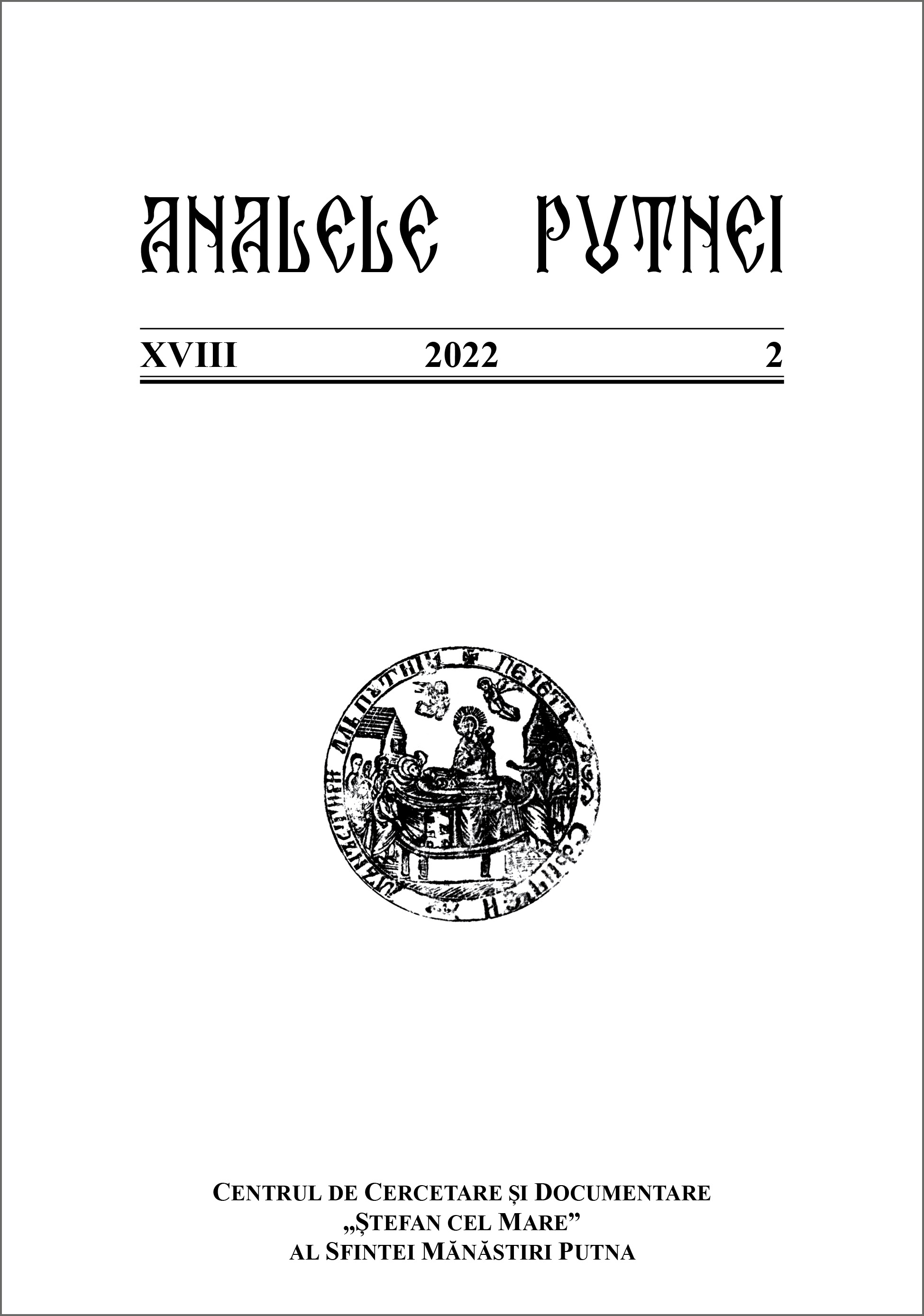
In 1988, Gary Vikan dedicated a study to the famous post-Byzantine calligrapher Luke the Cypriot, Metropolitan of Wallachia. Trying to substantiate the claim that the subject of his research “was closely acquainted with Anastasios Crimca, Moldavian Metropolitan, who was also a renowned manuscript illuminator”, he stated that “Mount Sinai cods. 1480 (Gospels)” was written by Luke, “while the headpieces and Evangelist portraits are by Crimca”. The detail was important, because it highlighted a previously unsuspected connection between two major Early Modern “schools of scribes”, a Greek one, gravitating around Luke († 1629), in Wallachia, and a Church-Slavonic one, galvanized by Crimca († 1629), in Moldavia. Yet Sinaiticus gr. 1480 does not contain the Gospels and it was not copied by Luke: it is a liturgical chant manuscript copied by one of Luke’s most talented disciples, hieromonk Iakovos of Simonopetra, in Bucharest, in 1625. There is, however, a manuscript that fits the (laconic) description provided by Vikan: Sinaiticus gr. 203. The present paper places the manuscript in its (dual) cultural context and reconstructs, with the help of archival materials, the career of the donor. Based on this evidence, it argues that it mirrors the profound political, economic, and social transformation of Southeastern Europe after the fall of Constantinople (1453).
More...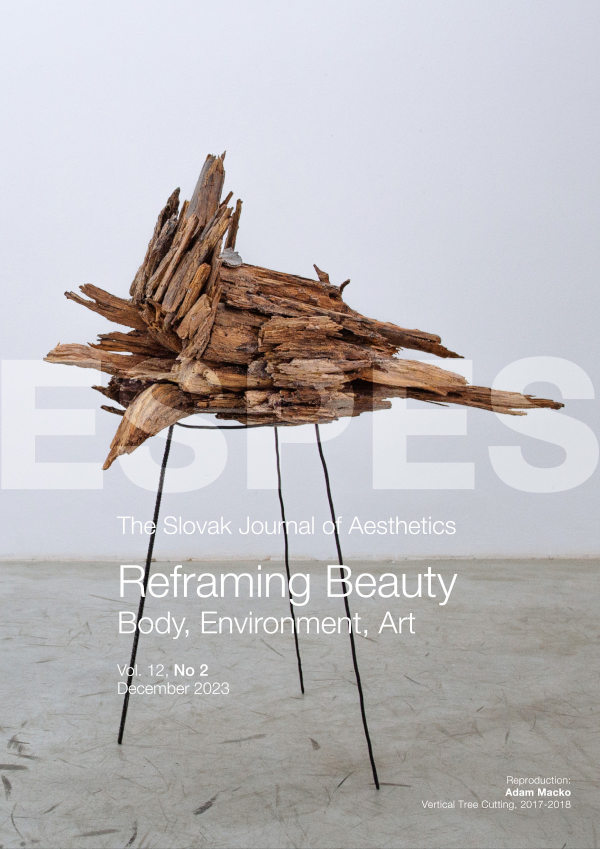
Bloch’s philosophy of music is one of the most interesting of the twentieth century, particularly in the context of Marxist aesthetics. This article focuses on the various peculiarities of this thought, which seldom are highlighted. Firstly, through a new analysis of the musical sections of Spirit of Utopia and The Principle of Hope, the relation between utopia and music will be discussed in Sections 2 and 3 in order to show the originality of Bloch’s refusal of the Marxist base-superstructure model in the field of aesthetics. In contrast to the other philosophies of music, the study of music inspires theoretical speculation in Bloch’s thought and not vice versa. In order to demonstrate this connection, in Sections 4 and 5, the idea of the sound in Spirit of Utopia will be examined and compared to the conception of the matter as it is presented in The Principle of Hope, The Materialism Problem, its History and Substance, and other works. These paragraphs aim to highlight how the early conception of sound was the model for the later conception of matter.
More...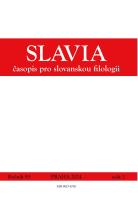
The poetics and metaphors in the play Électre (1937) by J. Giraudoux pose a significant challenge for the translators and creators of a theater performance. Jarosław Iwaszkiewicz’s translation in 1941 emphasized dialogue and style – tragedy blending humor and fantasy, unknown in the Polish theatre tradition. The drama, directed by Edmund Wierciński on the Poetic Stage of the Polish Army Theater (Łódź, 16 II 1946), with a numerous cast, wonderful decorations and costumes, marked a great artistic event. The audience was delighted, but critics, unable to accept the ambiguities of the play, attacked the creators. This led to a political decision to close the stage, turning success into failure.
More...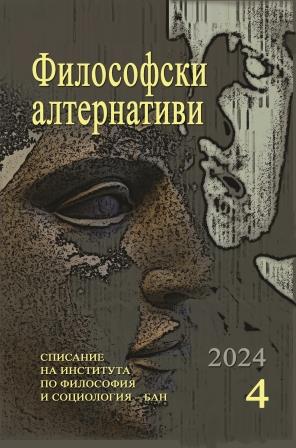
The autonomy of art does not mean that from the Renaissance onwards there was a period in which art depended only on itself and on nothing else. Artists did break away from the traditional spheres of mythology, religion, and courtly canons, but they consistently and explicitly inscribed their works within the freer and broader objective structures of social communication, from immediate interpersonal communication all the way to the various forms of mass communication. Art takes on a new, completely free publicity that emphasizes the highly marketable and communicative character of the artwork and the mass character of its audience. Under the influence and support of different and even contradictory audiences, art is constantly changing its artistic form and social meaning. Considered in this way, autonomy represents a constantly changing form of socialization of art that also reaches very high, unique, and autonomous degrees of individualization of the artistic process. Within this process, the artist is now more subject to norms and rules that he freely and unconstrainedly chooses for himself and which he imposes on his imagination. But the specific characteristics of this free art must also be seen and understood as internal ciphers of a hidden external social context.
More...
The article analyzes the hypermental unconscious during the latter half of the 20th and early 21st centuries.
More...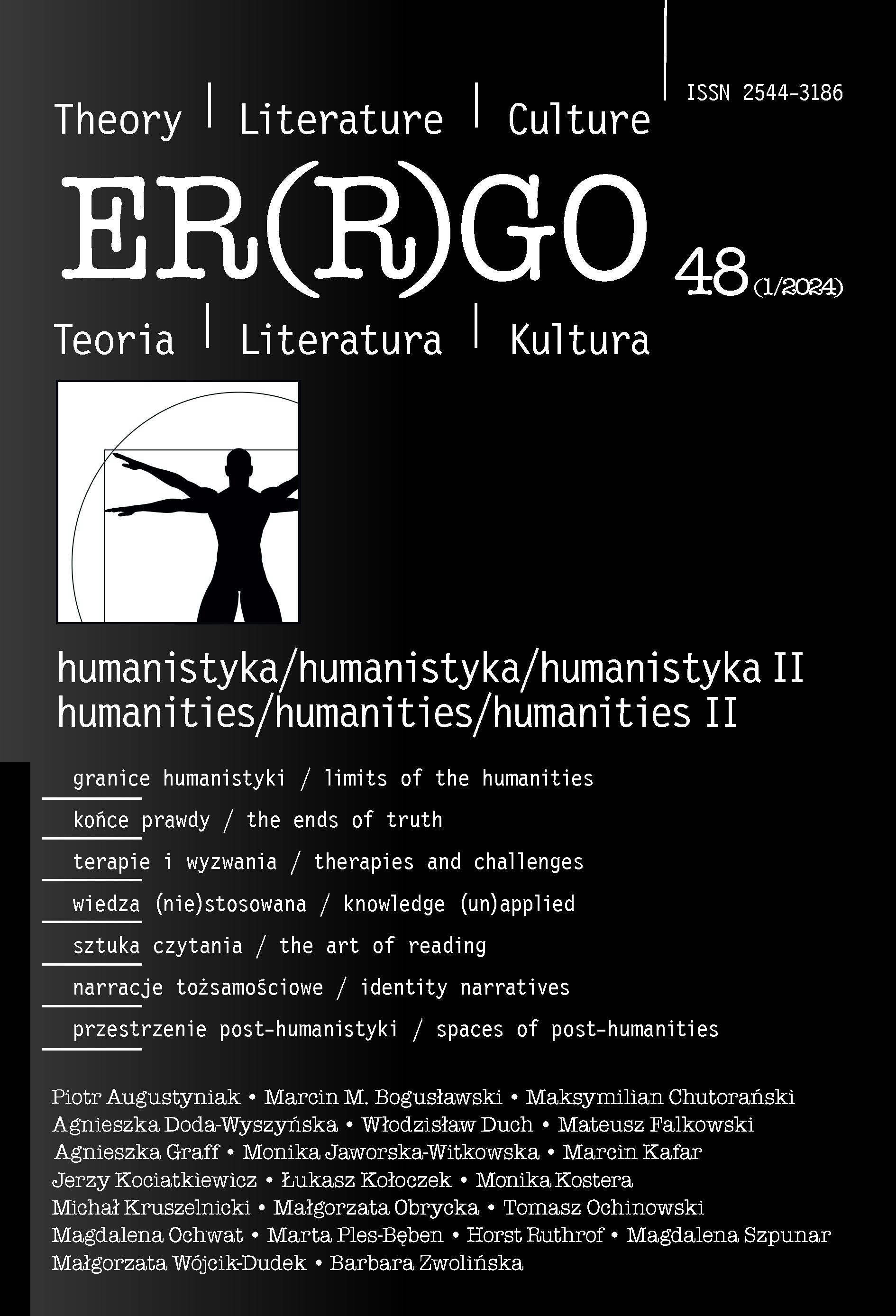
In the article, referring to the common experiences related to the pandemic, I reflect on the meaning of texts read in the “times of plague.” I ask the question, to what extent and what kind of reading helps to understand the traumatic events experienced by people (affecting the physical and mental state), what readers are looking for in novels, memoirs and journals concerning mass diseases, for example, plague and cholera. The review and analysis of these themes in selected works is accompanied by a question about the metaphorical meaning of the epidemic, symbolizing the diseases of civilization, such as: consumerism, materialism, thoughtless exploitation of natural goods, destruction of the environment, or, in general, the evil accumulating in subsequent wars. An important theme is also the one relating to the connection between eroticism with the plague–a trail important in T. Mann’s Śmierć w Wenecji and in G. G. Márquez’s Love in the Time of the Plague. Both fictional works, such as the novels mentioned above, as well as records of witnesses of history depicting the war as a plague, or referring, like S. Márai, to the journalistic style in describing the course of cholera in Italy, may inspire an attempt to answer the question to what extent readings describing the time of human trials in a situation of endangered humanistic values may be a signpost for future generations not necessarily feeling well in a culture without books.
More...
The article presents the problem of the tension arising between academic creativity and non-academic experiences of scholars. The individual subsections consist of approximations of expressive cases of scholarly auto/biographies that fall into the category of “consciously halved”– researchers whose works are situated at the intersection of what is personal with what is academic, giving it a specific cognitive tenor. The perspective adopted in the considerations is contained in the horizon of reflexive thinking, enabling the cultivation of hermeneutics of the Self in the area of “new humanities” as starting (and ending) with lived experiences of active human agents.
More...
Referring to researchers who emphasize the Anthropocene aspect of modernity, I put forward a thesis on the need for a posthumanist pedagogical imagination, which I understand with reference to the sociological imagination of C. W. Mills and the ontological imagination of A. W. Nowak as an openness to the complexity of the world and questioning the accepted pedagogical settlements on ontology, methodology and axiology. Pedagogical imagination is an openness to the complex relations between humans and non-humans (R. Braidotti, D. Haraway, B. Latour, J. Law). Within its framework, questions are raised about the basic educational actors of the collective and what they can do for the common world. Pedagogical imagination is combined with the demand to constantly transcend the established horizons of what is pedagogical/humanistic.
More...